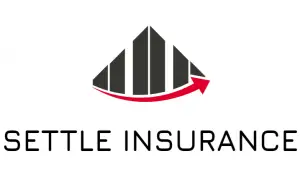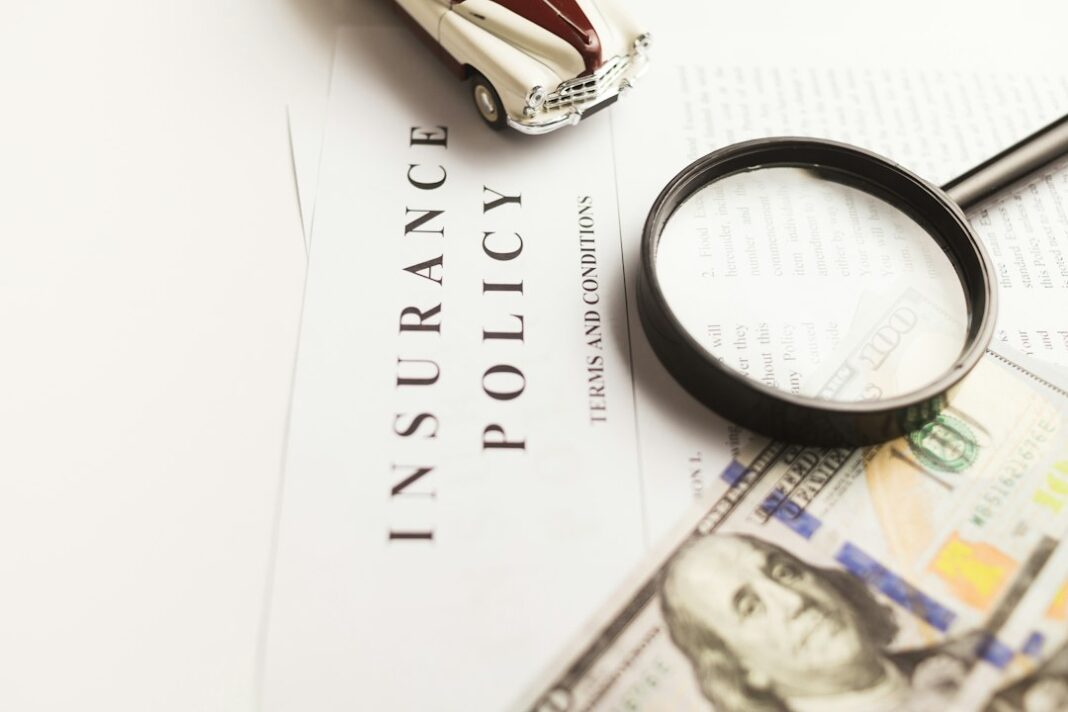“This post may contain affiliate links, if you click a link we may earn a commission if you purchase from that merchant.”
Comprehensive and collision coverage are two types of insurance coverage that protect your vehicle in the event of damage or loss. Comprehensive coverage typically covers damage caused by events such as theft, vandalism, fire, or natural disasters. Collision coverage, on the other hand, covers damage to your vehicle that occurs as a result of a collision with another vehicle or object.
Having comprehensive and collision coverage is important because it provides financial protection in case of unexpected events. Without these types of coverage, you would be responsible for paying for repairs or replacement of your vehicle out of pocket. This can be a significant financial burden, especially if your vehicle is expensive or if you do not have the funds readily available.
Table of Contents
Key Takeaways
- Comprehensive and collision coverage are two types of car insurance that protect your vehicle in different ways.
- Understanding the basics of car insurance and comparing rates can help you make an informed decision about coverage.
- Types of coverage available include liability, collision, comprehensive, personal injury protection, and uninsured/underinsured motorist coverage.
- Comprehensive coverage is important for protecting against non-collision events like theft, vandalism, and natural disasters.
- Collision coverage is important for protecting against damage from collisions with other vehicles or objects.
Understanding the Basics of Car Insurance
Car insurance is a contract between you and an insurance company that provides financial protection in case of accidents, theft, or other damages to your vehicle. It is required by law in most states and is designed to protect you from financial loss in the event of an accident.
There are several types of coverage available in car insurance, including liability coverage, which covers damages to other people’s property or injuries they sustain in an accident where you are at fault. There is also collision coverage, which covers damages to your own vehicle in the event of a collision with another vehicle or object. Comprehensive coverage covers damages to your vehicle that are not caused by a collision, such as theft or vandalism.
Several factors can affect car insurance rates, including your age, driving record, location, and the type of vehicle you drive. Insurance companies use these factors to determine how likely you are to file a claim and how much risk they are taking on by insuring you. As a result, individuals with a poor driving record or who live in high-crime areas may have higher insurance rates.
Comparing Auto Insurance Rates
When comparing auto insurance rates from different insurance companies, it is important to consider several factors. First, you should compare the coverage options offered by each company to ensure that you are getting the level of protection you need. Some companies may offer additional coverage options or discounts that can help lower your premium.
It is also important to consider the reputation and financial stability of the insurance company. You want to choose a company that has a good track record of customer service and that will be able to pay out claims in a timely manner. You can research this information by reading customer reviews and checking the financial ratings of the company.
Another factor to consider when choosing an insurance provider is the cost of the premium. While it is important to find affordable coverage, it is also important to remember that the cheapest option may not always be the best. You should consider the level of coverage provided and the reputation of the company before making a decision.
Types of Coverage Available
There are several types of coverage available in car insurance, each with its own pros and cons. Liability coverage is required by law in most states and covers damages to other people’s property or injuries they sustain in an accident where you are at fault. This type of coverage does not cover damages to your own vehicle.
Collision coverage covers damages to your own vehicle that occur as a result of a collision with another vehicle or object. This type of coverage is optional but can be beneficial if you have a newer or more expensive vehicle.
Comprehensive coverage covers damages to your vehicle that are not caused by a collision, such as theft, vandalism, fire, or natural disasters. This type of coverage is also optional but can provide valuable protection in case of unexpected events.
Other types of coverage available include personal injury protection, which covers medical expenses for you and your passengers in case of an accident, and uninsured/underinsured motorist coverage, which covers damages caused by a driver who does not have insurance or does not have enough insurance to cover the damages.
The Importance of Comprehensive Coverage
Comprehensive coverage is important because it provides financial protection in case of events that are out of your control. For example, if your vehicle is stolen, comprehensive coverage will help cover the cost of replacing it. Similarly, if your vehicle is damaged by a natural disaster or vandalized, comprehensive coverage will help cover the cost of repairs.
Without comprehensive coverage, you would be responsible for paying for these expenses out of pocket. This can be a significant financial burden, especially if your vehicle is expensive or if you do not have the funds readily available.
The Importance of Collision Coverage
Collision coverage is important because it provides financial protection in case of a collision with another vehicle or object. If you are involved in an accident and your vehicle is damaged, collision coverage will help cover the cost of repairs or replacement.
Without collision coverage, you would be responsible for paying for these expenses out of pocket. This can be a significant financial burden, especially if the damage is extensive or if you do not have the funds readily available.
Filing Claims with Comprehensive and Collision Coverage
If you need to file a claim with comprehensive or collision coverage, there are several steps you should follow to ensure a smooth process. First, you should contact your insurance company as soon as possible to report the incident and provide them with all the necessary information.
Next, you will need to provide documentation to support your claim, such as police reports, photographs of the damage, and any other relevant information. Your insurance company will review this information and determine whether your claim is covered under your policy.
Once your claim is approved, your insurance company will provide you with an estimate for the cost of repairs or replacement. You may be required to obtain multiple estimates from different repair shops to ensure that you are getting a fair price.
Exploring Discounts for Comprehensive and Collision Coverage
There are several discounts available for comprehensive and collision coverage that can help lower your premium. For example, many insurance companies offer a multi-policy discount if you have multiple policies with them, such as home and auto insurance.
You may also be eligible for a safe driver discount if you have a clean driving record and have not been involved in any accidents or received any traffic violations. Additionally, some insurance companies offer discounts for certain safety features on your vehicle, such as anti-lock brakes or airbags.
To find discounts on comprehensive and collision coverage, you should shop around and compare rates from different insurance companies. You can also ask your current insurance provider if they offer any discounts that you may be eligible for.
The Impact of Accidents on Comprehensive and Collision Coverage
Accidents can have a significant impact on your insurance rates and coverage. If you are involved in an accident and file a claim, your insurance rates may increase as a result. This is because insurance companies view individuals who have been involved in accidents as a higher risk and are more likely to file future claims.
Additionally, if you are at fault in an accident, your insurance company may not renew your policy or may require you to carry higher levels of coverage. This is to protect themselves from potential future claims.
To avoid accidents and minimize their impact on your insurance coverage, it is important to practice safe driving habits. This includes following all traffic laws, avoiding distractions while driving, and maintaining a safe distance from other vehicles.
Making the Decision: Do You Need Comprehensive and Collision Coverage?
When deciding whether to purchase comprehensive and collision coverage, there are several factors to consider. First, you should consider the value of your vehicle. If your vehicle is older or has a low market value, it may not be worth paying for comprehensive or collision coverage.
You should also consider your financial situation and whether you would be able to afford repairs or replacement of your vehicle out of pocket. If you do not have the funds readily available, it may be worth purchasing comprehensive and collision coverage for added financial protection.
Lastly, you should consider your risk tolerance. If you are comfortable taking on the risk of potential damages or loss to your vehicle, you may choose to forgo comprehensive and collision coverage. However, if you prefer the peace of mind that comes with knowing you are financially protected, it may be worth purchasing these types of coverage.
In conclusion, comprehensive and collision coverage are important types of insurance coverage that provide financial protection in case of damage or loss to your vehicle. It is important to understand the basics of car insurance and the different types of coverage available in order to make an informed decision about your insurance needs. By comparing auto insurance rates, understanding the importance of comprehensive and collision coverage, and exploring discounts, you can find the right coverage for your needs and budget. Additionally, practicing safe driving habits can help minimize the impact of accidents on your insurance rates and coverage.
If you’re wondering whether you really need comprehensive and collision coverage for your car insurance, it’s important to understand the basics of car insurance. Settle Insurance has a helpful article that breaks down the different types of coverage and explains why comprehensive and collision coverage may be worth considering. Check out their article on The Basics of Car Insurance to learn more about protecting your vehicle and making informed insurance decisions.
FAQs
What is comprehensive and collision coverage?
Comprehensive and collision coverage are types of auto insurance that cover damages to your vehicle. Comprehensive coverage covers damages caused by events such as theft, vandalism, and natural disasters, while collision coverage covers damages caused by collisions with other vehicles or objects.
Do I need comprehensive and collision coverage?
Whether or not you need comprehensive and collision coverage depends on your individual circumstances. If you have a newer or more expensive vehicle, it may be worth it to have this coverage to protect your investment. However, if you have an older or less valuable vehicle, it may not be necessary.
What are the benefits of having comprehensive and collision coverage?
The benefits of having comprehensive and collision coverage include peace of mind knowing that your vehicle is protected in the event of an accident or other damage. It can also help cover the cost of repairs or replacement of your vehicle.
What are the drawbacks of having comprehensive and collision coverage?
The drawbacks of having comprehensive and collision coverage include the cost of the coverage itself, which can be expensive. Additionally, if you have an older or less valuable vehicle, the cost of the coverage may not be worth it.
How much does comprehensive and collision coverage cost?
The cost of comprehensive and collision coverage varies depending on a number of factors, including the make and model of your vehicle, your driving record, and your location. It is important to shop around and compare quotes from different insurance providers to find the best coverage at the best price.
Can I add or remove comprehensive and collision coverage from my policy?
Yes, you can add or remove comprehensive and collision coverage from your policy at any time. However, it is important to consider the potential consequences of doing so before making any changes to your coverage.



































